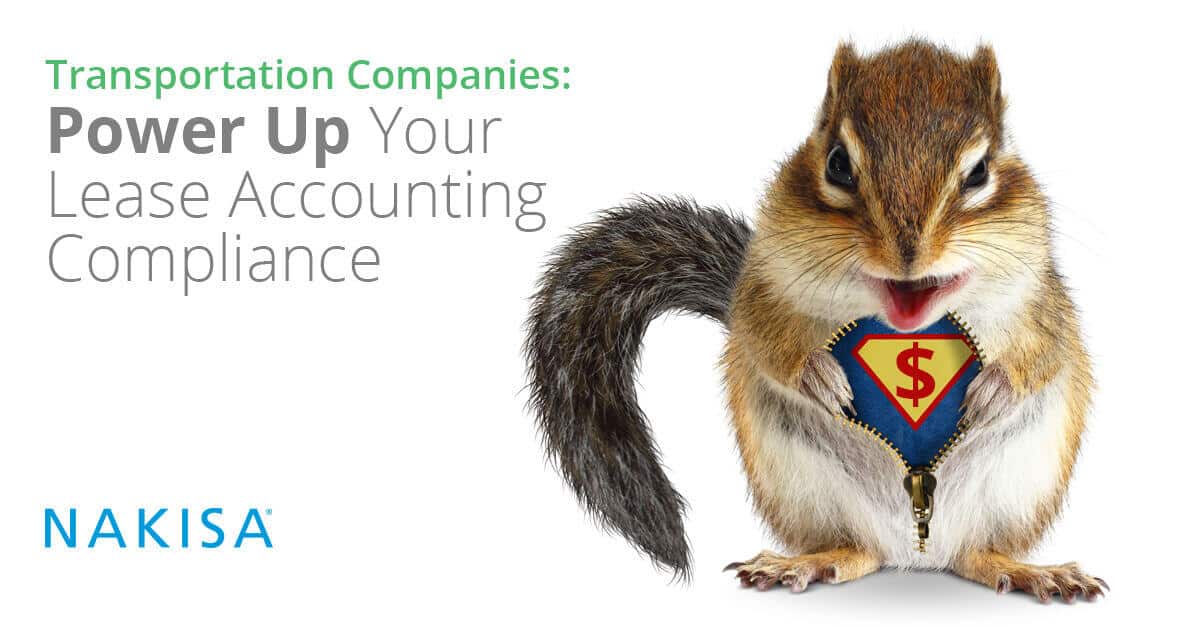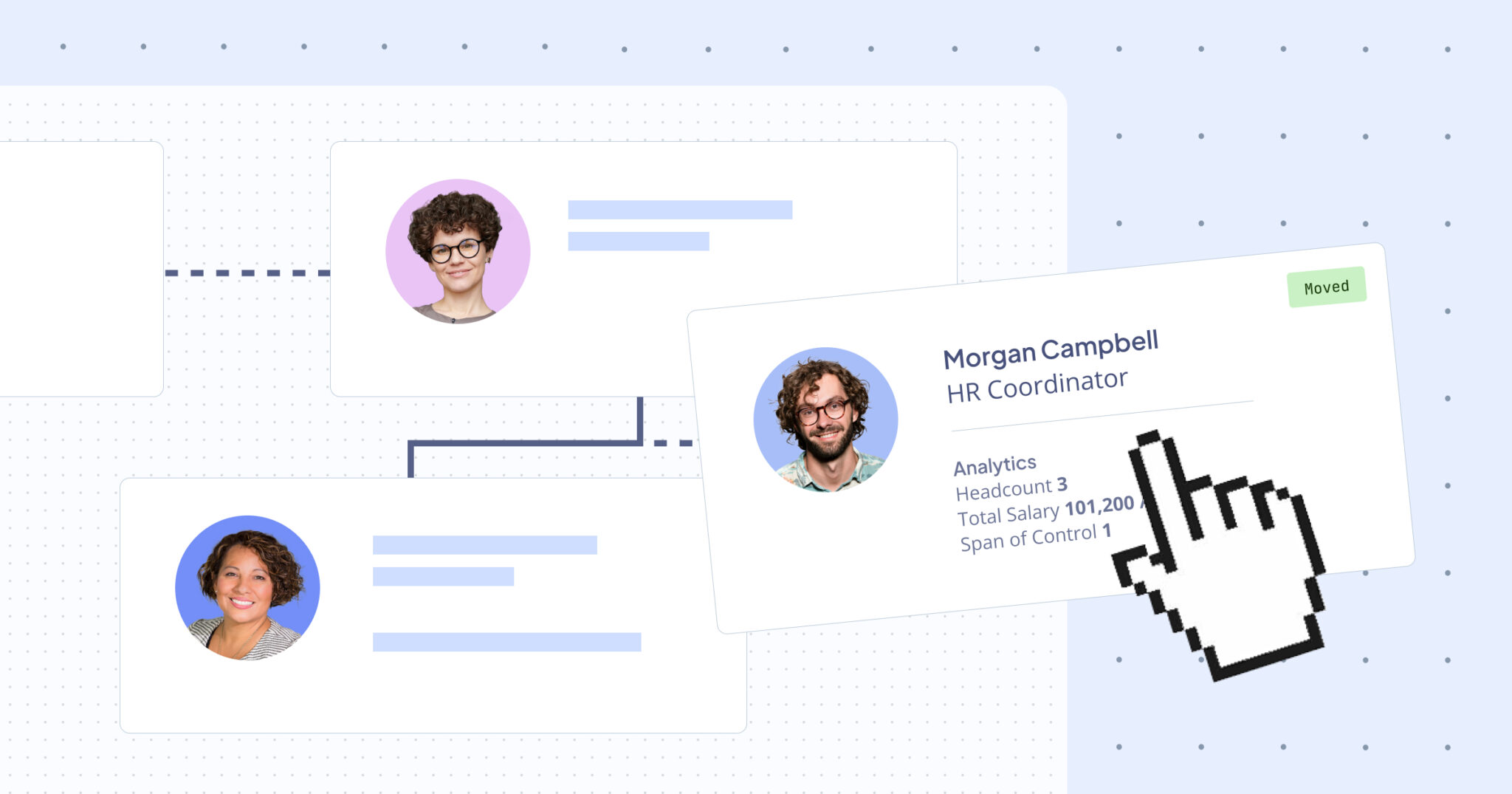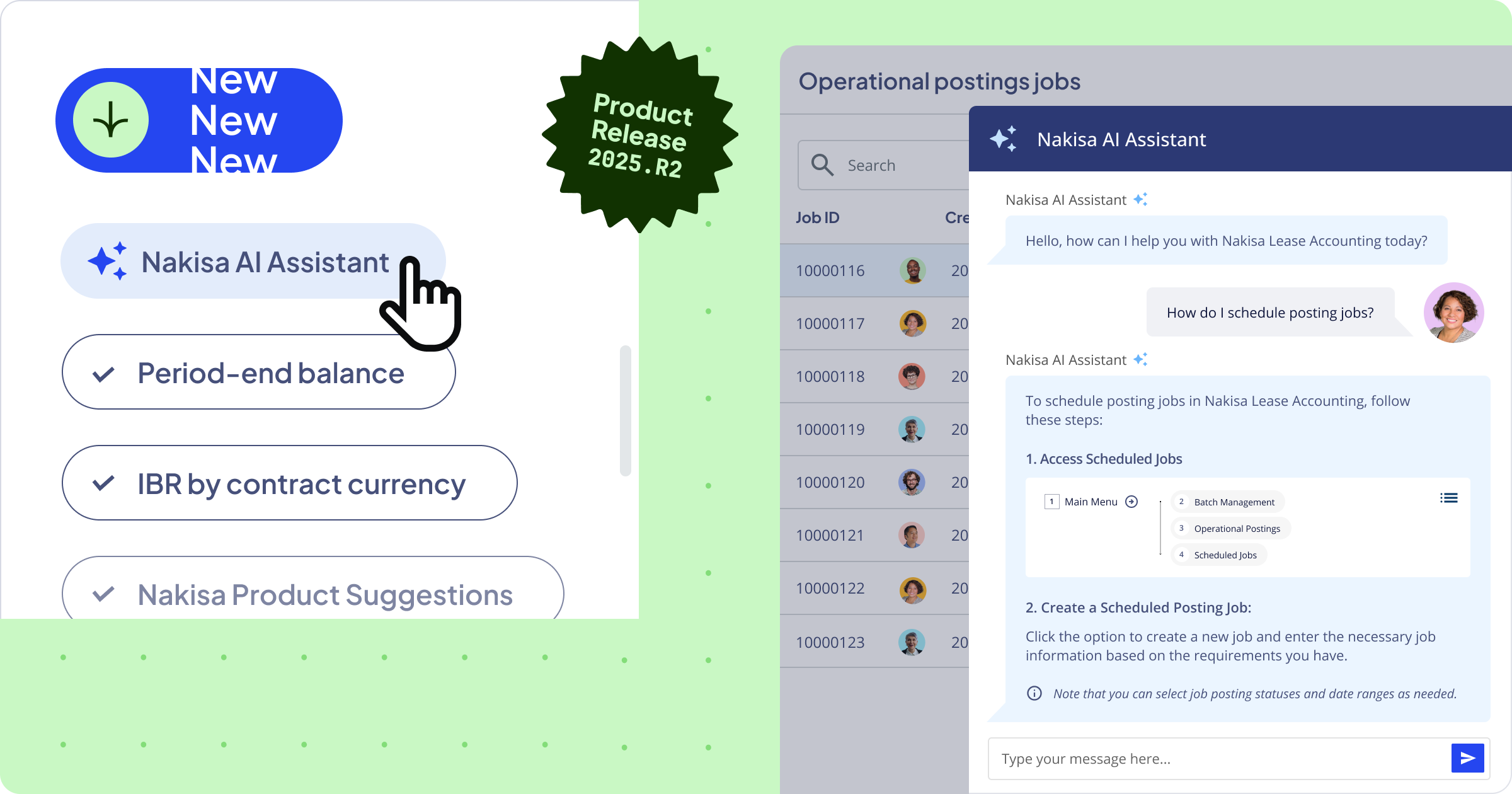Think you need superpowers to achieve IFRS 16/ASC 842 compliance? Think again.“Look up in the sky! It’s a bird! It’s a plane! It’s…” well you know the rest.
The challenges facing transportation companies can be overwhelming—from pricing pressures to rapid shifts in technology to regulatory changes.
Add to that long list the impending new lease accounting standards, IFRS 16 and ASC 842, and companies in the transportation sector may feel like they need superpowers to achieve compliance—and maintain success.
Transportation companies need to know how they can fast-track compliance. It sounds like a job for Superman or the Avengers. But don’t worry, you don’t need a cape to get this all done by January—just a little help, and great planning.
Here’s the bottom line: IFRS 16 and ASC 842 will bring major changes to lease accounting practices:
The new standards require operating leases to move onto company balance sheet. Transportation companies use large-scale lease portfolios to acquire and manage resources. Under the new standards, these same companies need to bring most of their operating leases on to balance sheets, exposing billions of dollars in lease liabilities across the industry.
Beyond that, the new standards will create additional transportation-specific challenges, like:
Transportation companies often obtain their assets through bundled contracts that also include the staffing, insurance, and maintenance that help operate a particular asset. Companies will need to assess all of their contracts to determine if there are any embedded leases that need to be reported under the new rules. Also, the contract may contain fixed rent, in-substance fixed payments, non-lease and variable payments. Identification and segregation of those items will be necessary. Variable lease payments that are based on the usage or performance of the underlying asset are excluded from the calculation of initial lease liability and these will be expensed after receiving the invoices from the lessor.
Payment structure
ROU assets and lease liabilities could be subject to constant re-measurement under IFRS 16 if the payments are tied to rates such as LIBOR. Whereas under ASC 842, the incremental payment will be expensed. For certain contracts such as drillship contract, the payment is based on daily rates and payable on a monthly basis.
If the asset is laid up for repairs it is considered to be off hire. During that period, payments will cease. Off-hire credit could be obtained from the lessor when the asset is not operating.
When it comes to fleet and rail cars, units under a fleet contract may not arrive on the same day (the lessees receive them as different batches). This means that the lessee will need to capitalize assets in different batches as they receive them. Rail car or the vehicles under a fleet contract may suffer casualty. In that case, the ROU assets and lease liability will need to be adjusted to reflect the casualty.
With so many moving parts surrounding the new IFRS 16 and ASC 842 standards, deciding on the best path forward may be difficult.
Under ASC 842, initially only modified retrospective method was allowed and under which the companies will apply the new guidance at the beginning of the earliest comparative period presented in the financial statements and will change the comparative numbers. FASB recently announced a transition relief under which companies will not need to change the comparative numbers. The transition approach under IFRS 16 offers the choice between a full retrospective method and a cumulative catch-up method with practical expedients.
The (super) power of lease accounting software
You may not have superpowers or a magical cape, but achieving a smooth transition to the new compliance standards doesn’t have to be impossible.
Lease accounting software solutions can help automate and speed up many of the most important compliance processes. More and more companies are using cloud-based technology that is easy to implement in order to build a system of compliance. Such technology helps to gather and centralize data, to recognize embedded leases and make deadlines.
With lease accounting technology, you can enable compliance, achieve global visibility, streamline processes, and, most importantly, reduce costs—no tights required.





